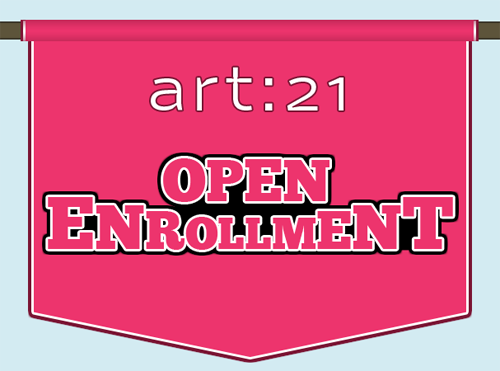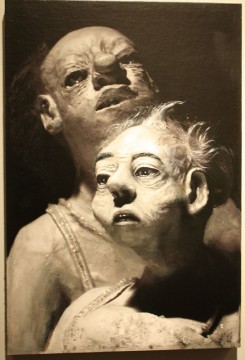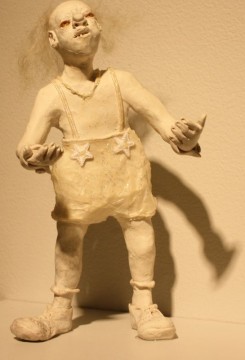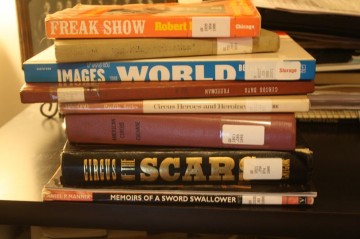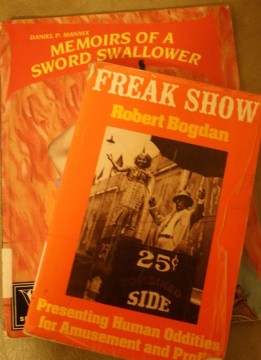I guess you could say my thesis came to me in the guise of an email from one of my favorite galleries in Chicago, the Catherine Edelman Gallery. There was an invitation to an opening for Chicago photographer, Elizabeth Ernst. After looking at her work on their website, I knew I had to attend with Canon Rebel and notebook in hand. I knew also I would have to manage to speak with her, asking her about the possibility of being the subject of my thesis.
What I found instantly alluring about her work were the subjects of her photographs, figures who appeared to be circus performers. I wanted more than anything to know their stories, to enter their world. The resulting meeting with Elizabeth Ernst at the opening went smoothly, she being an approachable woman who expressed a flattery by my interest in her work. I returned the following day for her artist’s talk, gaining more understanding into the work I had photographed and studied closely the evening before.
The exhibition, titled Smoke and Mirrors, reinforces the notion that her work is more than just photography. On shelves flanked by photos sit sculptures she created, pieces that would eventually be shot by the artist with paint applied to the surface. Her process was immediately fascinating: the notion of blurring the lines between painting, sculpture, and photography. But her process became more fascinating after I heard about why these figures existed and in which world they existed: the world of her own creation, The G.E. Circus.
With a visit to Ernst’s studio in the near future, I have begun the foundations of my own study of the history of the circus. My thought in approaching this thesis as of now is to gain some expertise into this history and its people as a way to understand the G.E. Circus, a place with people of the artist’s own creation.
Now, with a subject for my thesis and a goal of gaining insight into the circus world that entices myself and Ernst, I am in the process now of implementing a creative plan. Next semester I will be taking a Thesis Course, so I believe working ahead on all that I can now is really telling of what is necessary and expected of a student in the arts in the twenty-first century.
I believe a twenty-first century art student must possess hindsight that they may learn from, but in addition to this, they must possess an intuitive drive for foresight. That said, nothing should be set in stone; a project like a thesis should be malleable and open to change as it evolves in its process.
The twenty-first century is a place of constant change, so those who work within it must also be able to adapt while also remaining focused, creative, and passionate. Graduate school is a great place for students to learn these abilities, especially graduate school in an art-related field.
The arts inherently possess the need for revision. The beauty and necessity of art comes with its way of broadening, giving one new perceptions. Up until I saw the work of Elizabeth Ernst, for example, my perceptions of the circus was corporate, cruel, and exploitive. The G.E. Circus, however, changed my perception of the history of the circus, giving me an intense need to know about those still living within the small, ever-dwindling circuses.
Art is ever-changing, so it makes sense that those of us who are a part of it must keep open to new ways of thinking and expressing. As a New Arts Journalism Masters candidate who is also a poet and an artist, I work to keep my talents reigned in enough so that they do not bleed into the other, but that they complement one another. My efficiency with language I learned as a poet helps my journalistic writing while my artwork gives me a creative way of approaching tasks.
So my thesis now looks like lots of notes, recordings, photographs and books, and they are all ready to adapt to the new information I gain, and the perceptions that may change. I guess the life of a thesis is a lot like a photo booth … you pose and change again and again in a flurry of moments, not knowing until it shows itself how it will come into focus.

